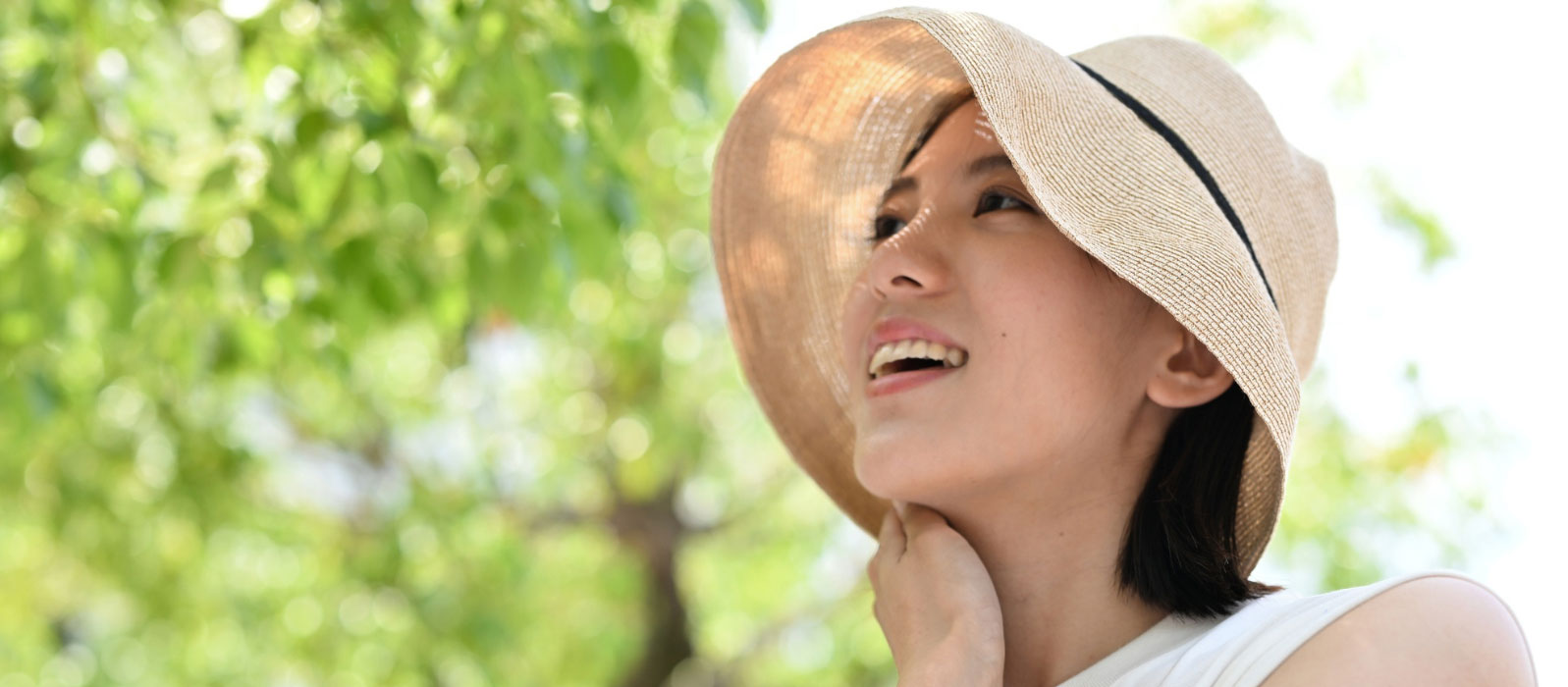
Welcome to the active summer season. This is where it can get dangerous. The sun. It is beyond hot, and we all know it. The sun has ultraviolet rays that can cause damage to our skin and eyes. This can lead to an irritating sunburn, sun damage, and even the risk of skin cancer.
The Need to Know About Sun Safety
As the weather becomes warmer, we find ourselves spending time outside even more. Plus, it is a great way to be physically active and reduce any stress that you may have. You are able to work and play
outside without raising your skin cancer risk by protecting your skin from the sun. How do we do this?
Protection from UV rays is important all year, not just during the hot summer months. It is important to know that UV rays can reach you on cloudy and cool days, and they reflect off surfaces like water, cement, sand, and even snow. The CDC states, “In the continental United States, UV rays tend to be strongest from 10 a.m. to 4 p.m. daylight savings time (9 a.m. to 3 p.m. standard time).” You need to know how to protect yourself in the heat of the moment.
The CDC states that there are active ways to protect yourself from the sun:
- You can reduce your risk of sun damage and skin cancer by staying in the shade under an umbrella, tree, or other shelter. It is important to remember to wear sunscreen or wear protective clothing, even if you are in the shade.
- Wear long-sleeve shirts and long pans, and skirts. This can protect from UV rays.
- Wearing a hat that has a brim all the way around that shades your face, your ears, and the back of your neck. A tightly woven fabric, such as canvas, works best to protect your skin from UV rays. Avoid straw hats with holes that let any sunlight through. A darker hat may actually offer more UV protection.
- Sunglasses can protect your eyes from UV rays and can reduce your risk for cataracts. They help to protect the tender skin around your eyes from sun exposure.
- Putting on sunscreen that has an SPF of 15 or higher before you go outside. Do not forget to put a thick layer on all exposed skin.
Sun safety is important for everyone, regardless of skin color, gender, and age. By following these simple steps, you can reduce your risk of sun damage and protect your overall health.
What Can Increase Your Risk of Damage from UV Rays?
When you are spending time in the sun your risk for sun damage can automatically increase. This puts you at risk for skin cancer. But did you know that there are factors that you need to be mindful about when you are in the sun. Ask yourself:
- Have you had skin cancer in the past?
- Do you have a family history of skin cancer?
- Do you have any moles, irregular moles, or large moles?
- Do you have freckles and burn before tanning?
- Do you have fair skin, blue or green eyes, or light-colored hair?
- Do you live or vacation at high altitudes?
- Do you live or vacation in tropical or subtropical climates?
- Do you work indoors all week and then get intense sun exposure on the weekend?
- Do you spend a lot of time outdoors?
- Do you have certain autoimmune diseases, such as systemic lupus erythematosus (SLE or lupus)?
- Do you have certain inherited conditions that increase your risk of skin cancer, such as nevoid basal cell carcinoma syndrome?
- Do you have a medical condition that weakens your immune system, such as an infection with HIV?
- Have you had an organ transplant?
- Do you take medications that lower or suppress your immune system?
- Do you take medications that make your skin more sensitive to sunlight?
Whether you have sensitive skin that reacts to the sun, it is important to remember to protect yourself at all costs. If you answered yes to most of these questions, you may want to consult your provider for additional ways to protect yourself. Your provider can also inform you if any of your medications can increase your sensitivity to sunlight.
Conclusion
No matter how much time, or what little time you spend in the sun we are all at risk for sun damage. It is up to us to do our due diligence to protect ourself from the sun. There are many simple ways to protect yourself. This does include wearing non-expired sunscreen with a SPF of 15 or more, wear a wide brim hat, and use sunglasses when you are outside. These simple ways may be simple, but they can have a big impact on protecting you and your skin.
All research and clinical material published by Hilb Group is for informational purposes only. Readers are encouraged to confirm the information contained herein with other sources. Patients and consumers should review the information carefully with their professional healthcare provider. The information is not intended to replace medical advice offered by physicians. ©2025 Hilb Group
